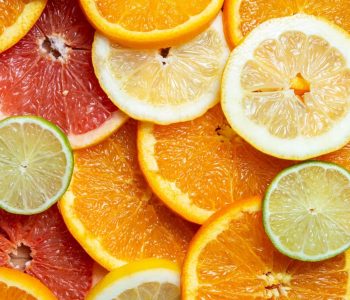Definition & classification
Citrus pulp is the byproduct obtained following the extraction of juice within the industry.
The term “citrus” encompasses a variety of fruits belonging to the Citrus genus:
Spain is the sixth-largest citrus producer in the world, with an annual production of between 6 and 7 million tons, dedicating around 25% of its production to the juice industry (Asozumos, 2018).
In the production of citrus juices, 30-50% of the weight of the processed fruit consists of waste, which includes:
Its availability in fresh form (with moisture content exceeding 78%) is confined to regions in proximity to the juice extraction facilities. Consequently, dried citrus pulp is imported from the USA (primarily Florida), Brazil, and Morocco.
Citrus pulp is cataloged as a raw material for animal feed in accordance with EU Regulation 2017/1017, appearing under categories 5.1.3.1 and 5.1.3.2 (when dried), and is subject to a mandatory declaration of crude fiber, without a set maximum limit.
- This pulp is defined as “the product obtained from the pressing of Citrus (L.) spp. or during the manufacture of citrus juices (5.1.3.1) and subsequently dried (5.1.3.2).
- It may have been subjected to pectin removal, which must also be indicated in its description.
- Furthermore, it may contain up to 1% of methanol, ethanol, and propane-2-ol in combination, on an anhydrous basis.”
- It adheres to RD 465/2003 and subsequent modifications regarding undesirable substances in animal feed.
Procurement process
1. WASHING
The process of extracting juice commences with the fruit being washed to eliminate leaves, dirt, and peel oils that may contain pesticide residues.
2. SEPARATION OF OILS AND PEEL
In the initial phase, essential oils are separated from the peel, particularly the highly bitter d-limonene, by pressing the entire fruit.
3.JUICE EXTRACTION
Subsequently, incisions are made in the peel to extract the juice.
4. PULP SEPARATION
- This stage involves separating peels, membranes, pulp, and seeds…
This entry will be continued on a subsequent publication…
